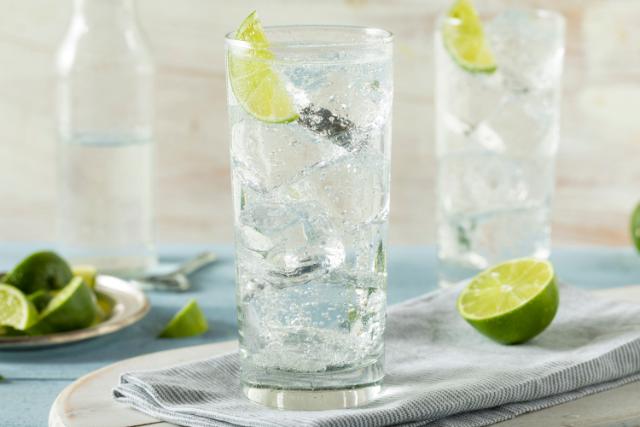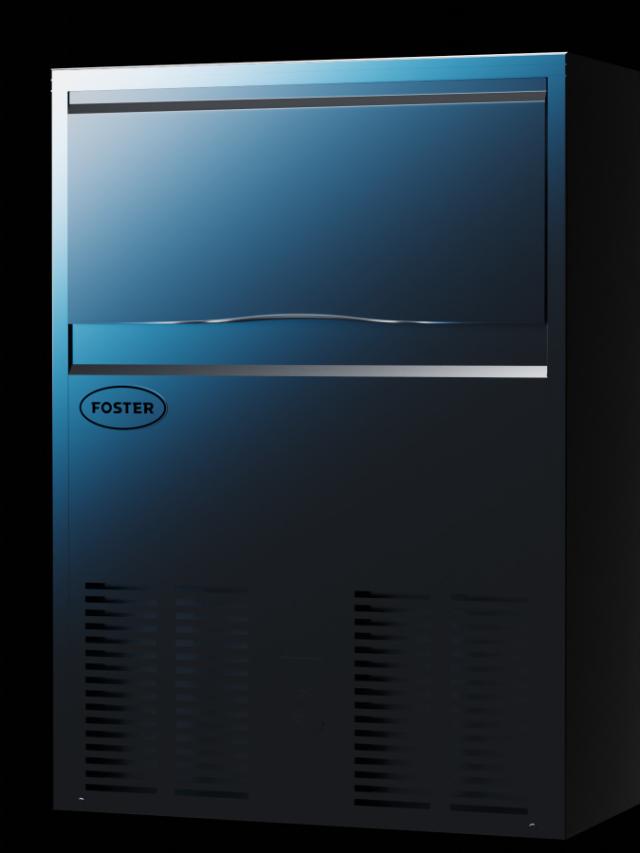
How clean is your ice maker
As the forgotten food of the catering industry, it’s easy to underestimate how much bacteria can form on ice and its potential to make your customers ill. But as a staple part of any pub or restaurant offering, it’s important to ensure there are no unwanted guests lurking in your ice machine.
So, how confident are you that your ice maker is ship-shape and bacteria-free? By asking yourself the following questions you can gauge how clean your ice maker really is:
- Have I read the manufacturer’s instructions on how to clean the machine?
- Do I know what the most appropriate cleaning chemicals are?
- When was the last time it was cleaned?
- When was the filter last changed?
- Is everyone who handles ice trained to clean the ice maker?
Still feeling confident?
If not you’re not alone. One report suggests 40% of owners admit to being unaware how often and even how to clean their ice machine.
Here’s our guide to making sure your ice maker – and what comes out of it – is sparkling clean.


Keep it clean
The best way to ensure great ice hygiene is to schedule in a regular and thorough clean of your ice machine. If you’ve never done it before make sure you refer to the manufacturer’s instructions.
Specific instructions will vary, but it will involve letting the unit drain down and give every part, inside and out, a good clean using whatever chemicals the manufacturer recommends.
If you use a water filter make sure you change it as part of your regular cleaning routine. Water filters can help extend the lifespan of ice machines as they prevent build-up of limescale. Alternatively consider a Foster commercial ice maker, which features an improved flush system to eliminate the risk of limescale and ensure the ice is clear and free from impurities.
If you use an ice crusher, it's important to clean and maintain the blades according to the user manual as crushing ice with dirty blades could easily result in contaminated ice.
How often all this should happen depends largely on how often the machine is used and the condition of the water in your area, but ideally machines should be cleaned once a week.
Between cleans
Keeping your ice machine clean should be an ongoing process. Between cleans there are things you can do to maintain hygiene standards.
Most modern ice machines have lids which should be kept closed at all times. This will not only prevent airborne bacteria coming into contact with the ice but help the unit to operate more efficiently.
It’s also important to dispose of unused ice rather than return it to the machine. As soon as ice is out of the machine it is exposed to bacteria. Similarly, the longer ice is stored, the more likely it is to get infected with bacteria. When you’re quiet it’s a good idea to let your machine drain down so you can clean the ice storage bin.


Other ways to keep bacteria out of your ice
- When moving ice make sure you use a clean ice scoop or bucket.
- Never scoop with a glass! Not only can ice easily break glass, it’s difficult to scoop it without using your hands.
- Store ice scoops on hooks somewhere near the ice machine rather than on top of it to prevent bacteria on the handle causing contamination.
- Ensure everyone who handles it is fully trained to handle food safely.
- Place ice makers away from any potential hazards that could cause contamination.
- Make sure your glassware is clean, otherwise clean ice means nothing.
- As with all other foods, bacteria in ice can often be caused by people not washing their hands after using the bathroom. If you haven’t already, put up some gentle reminders for staff.
Learn more

Ice and food safety laws

Why clean ice looks and works better

What is HACCP?


